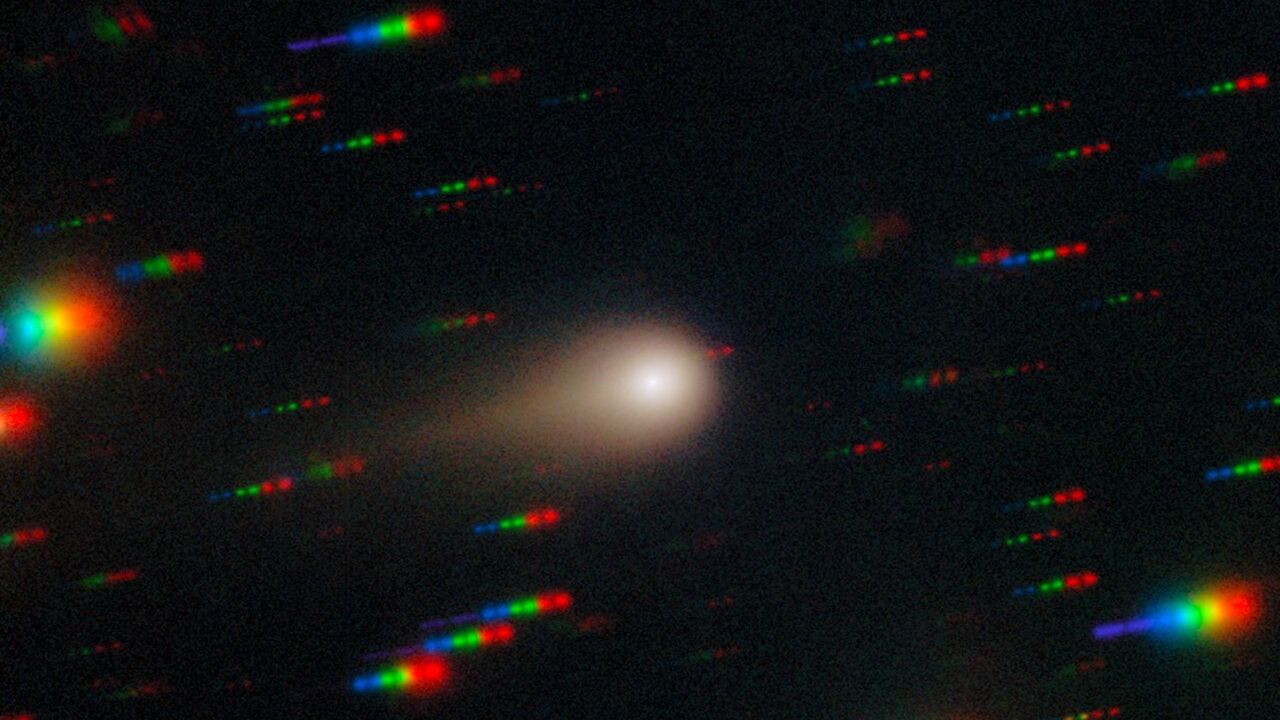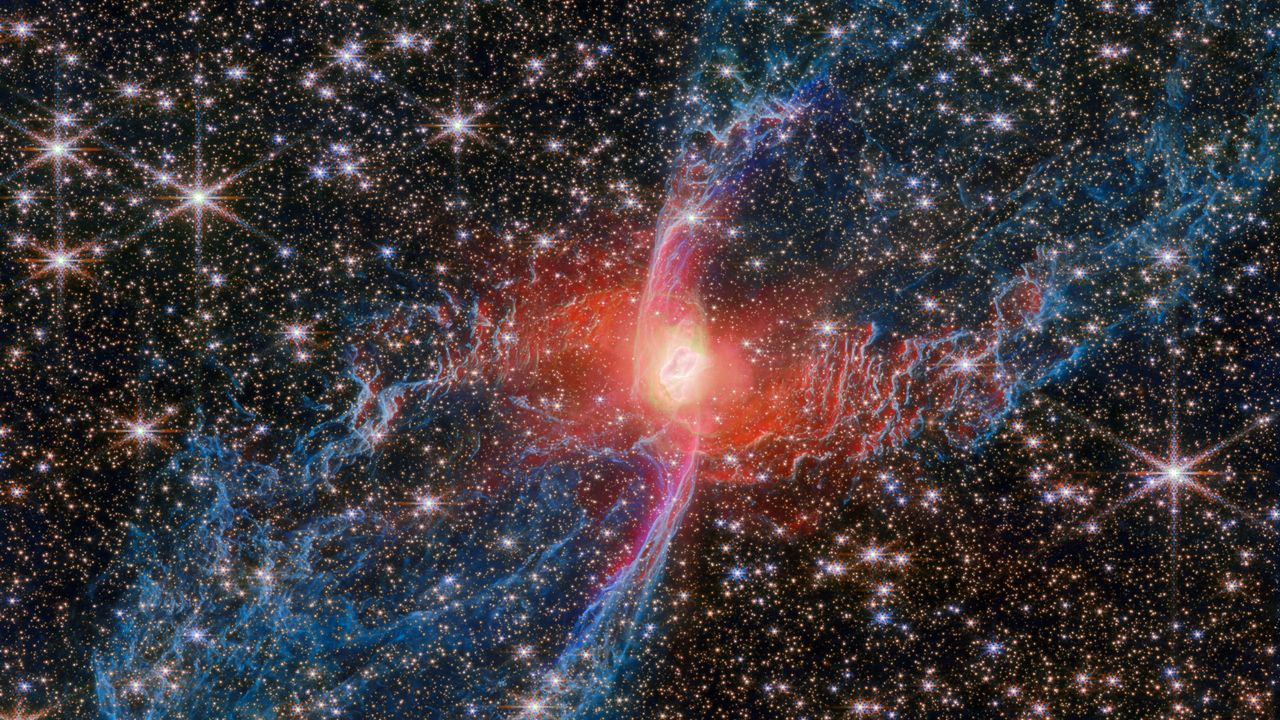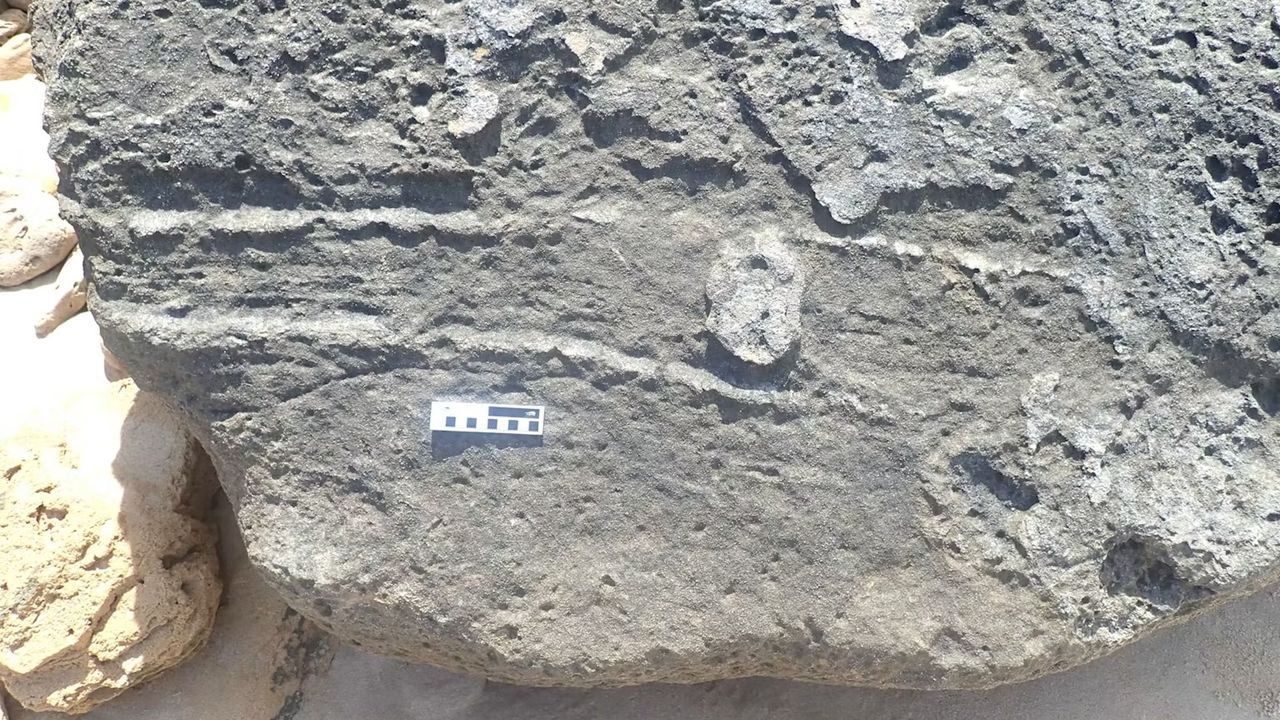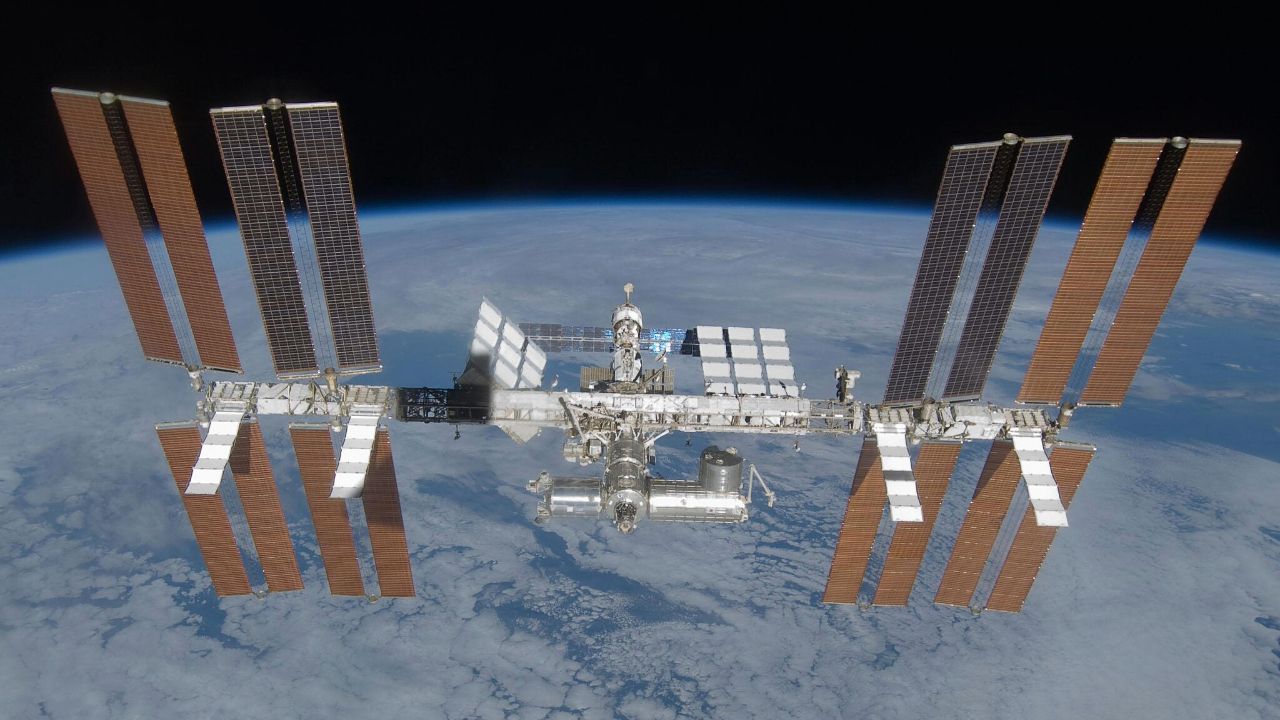Webb reveals a fiery starburst in the Cigar Galaxy — Space photo of the week
PositiveScience
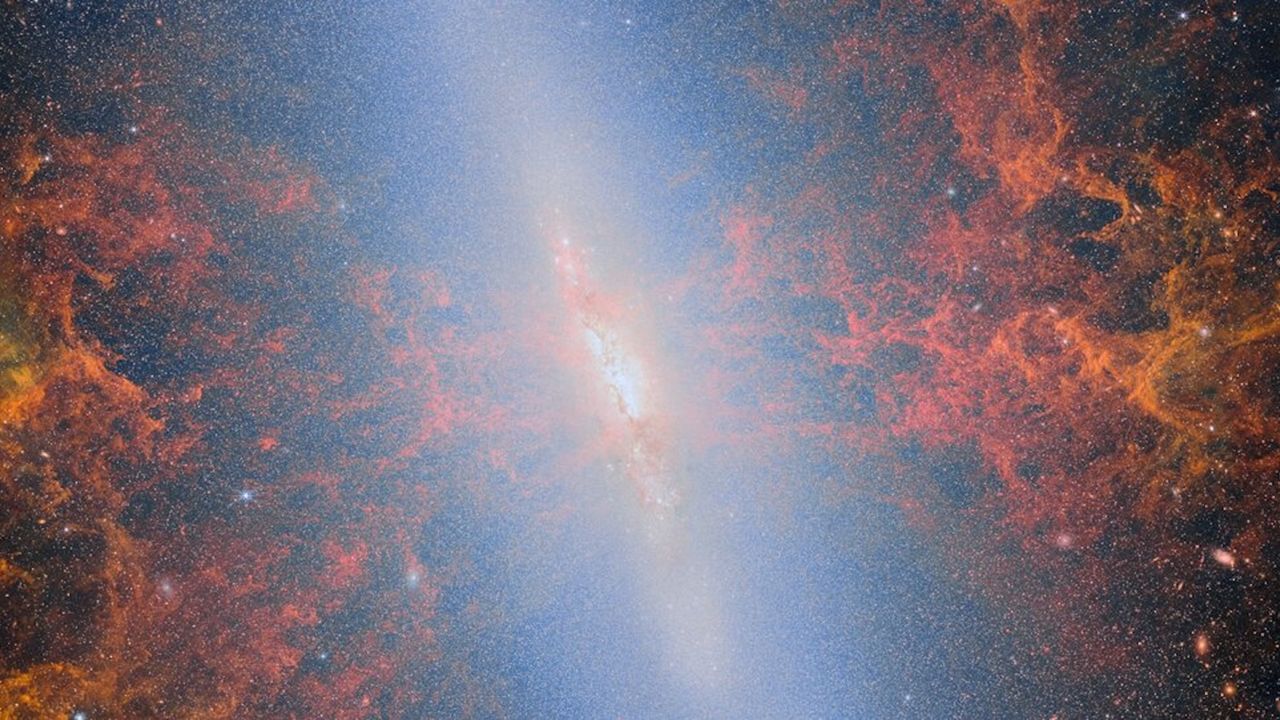
The James Webb Space Telescope has captured stunning images of the Cigar Galaxy, showcasing its vibrant starburst activity. This discovery highlights the rapid star formation and dynamic galactic winds occurring in this iconic galaxy, providing valuable insights into cosmic evolution and the processes that shape our universe.
— Curated by the World Pulse Now AI Editorial System
